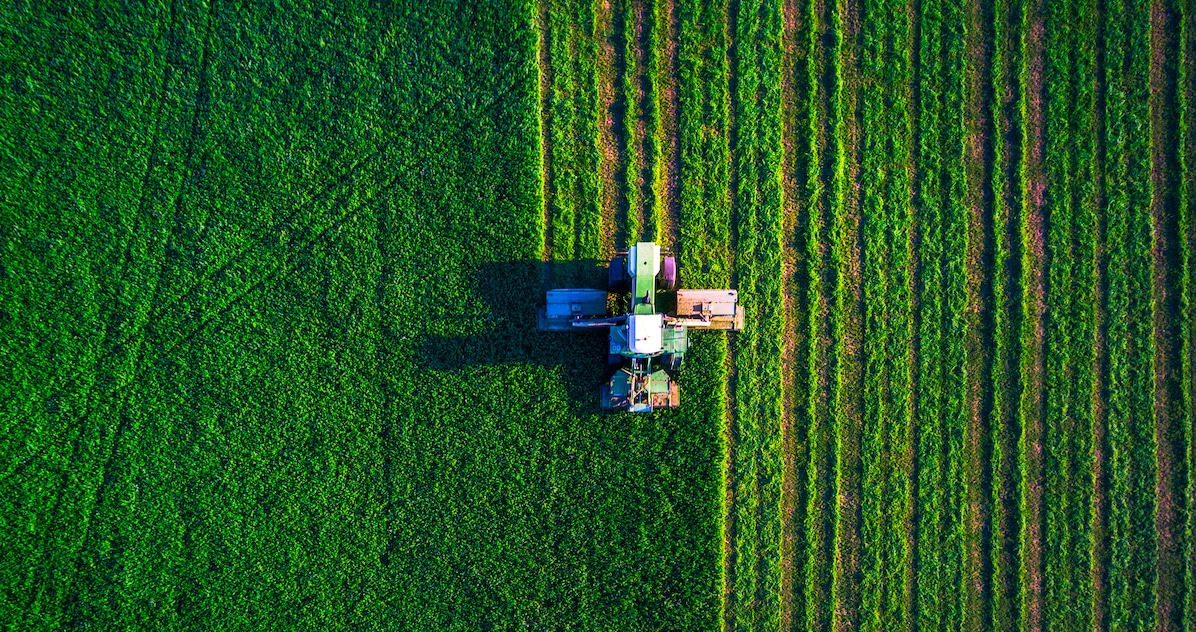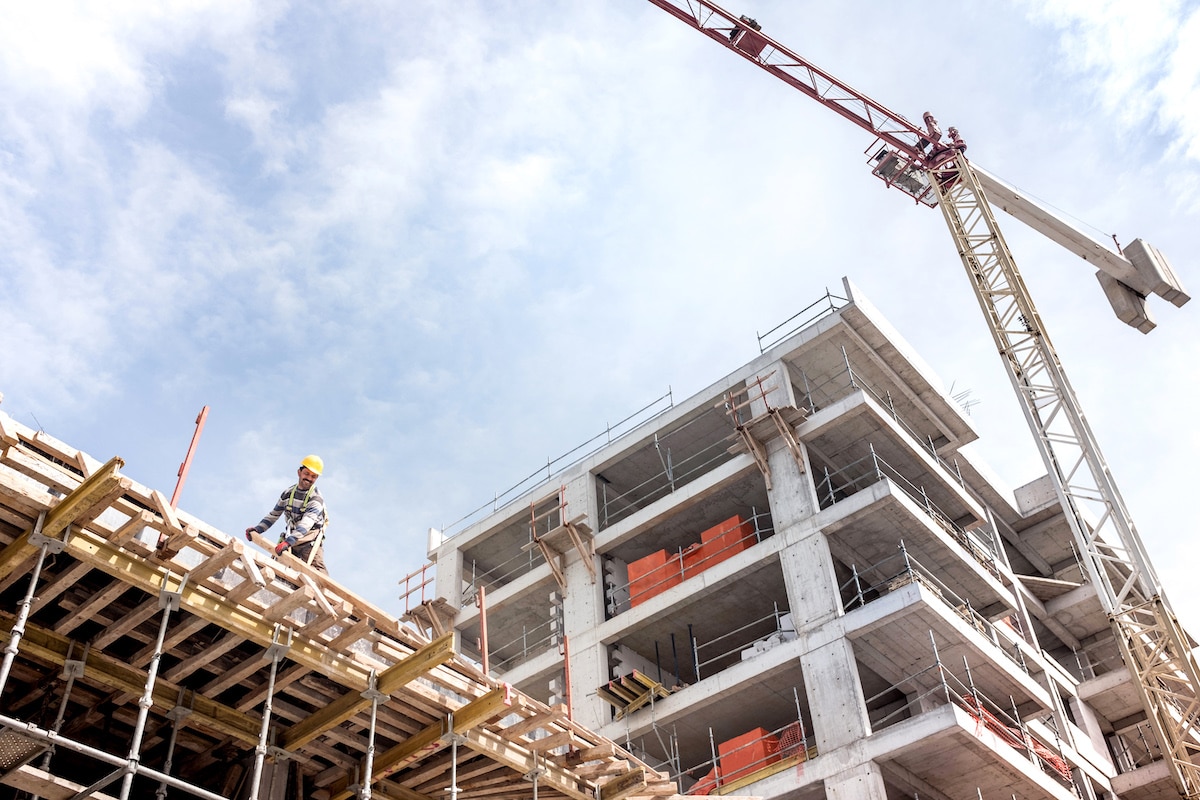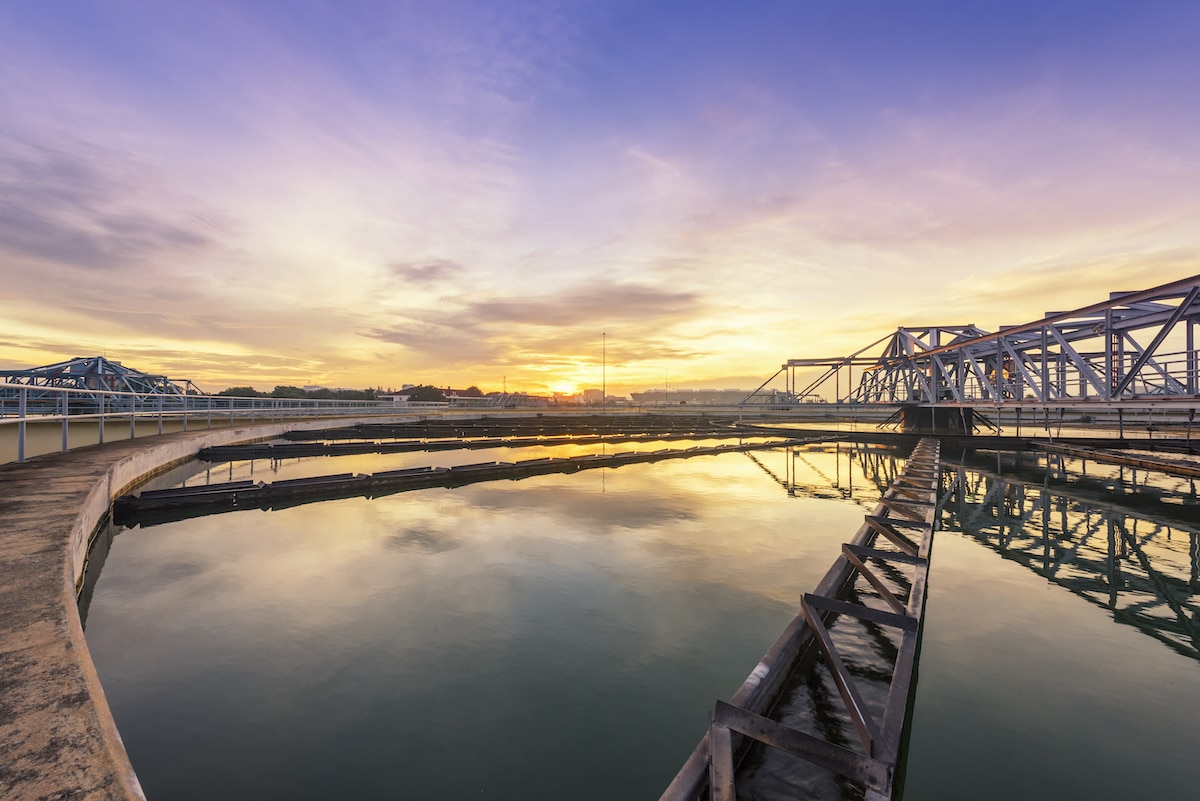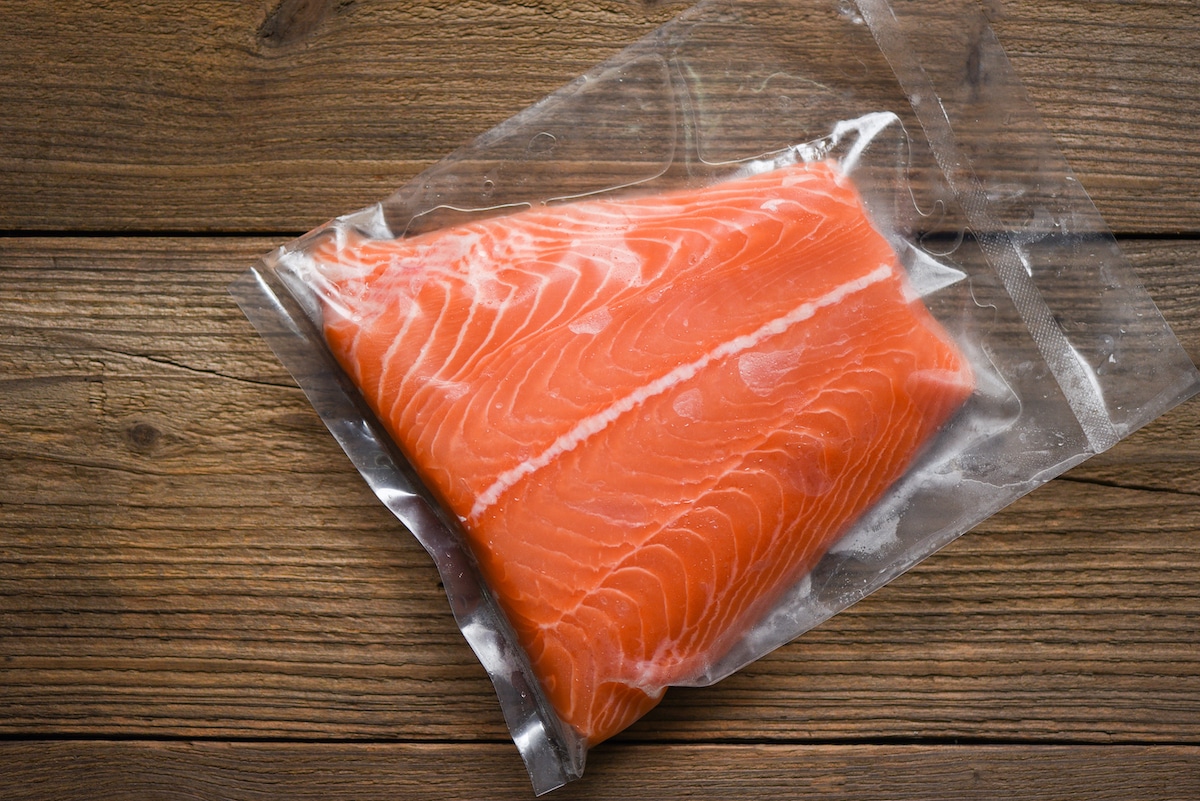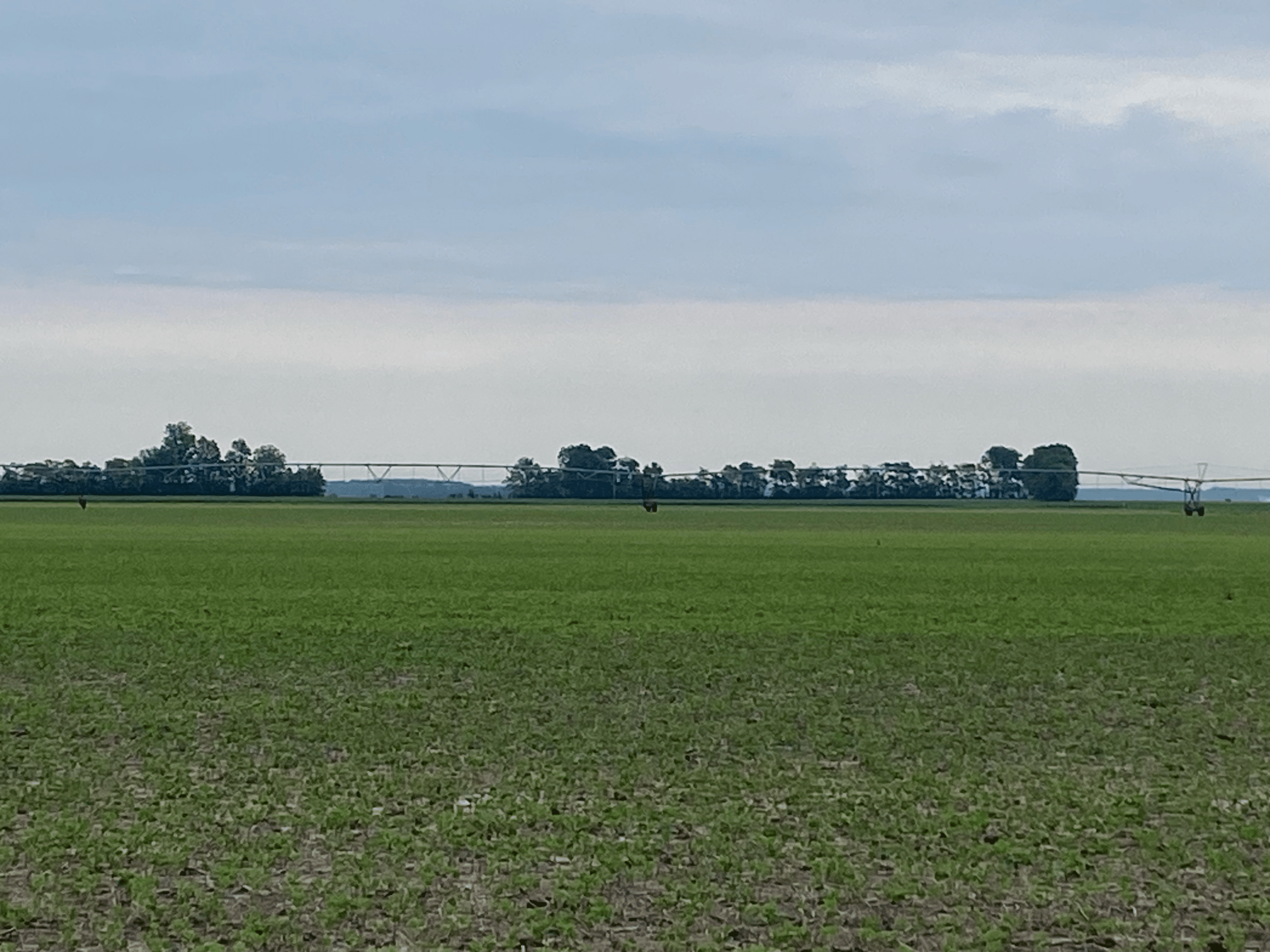With ideal weather conditions throughout April and May, planting went off without a hitch for the AdvanSix Supplement Your Soybeans participants. Each farmer’s ammonium sulfate (AMS) trial fields were planted between April 11 and May 6, falling into the window of early or on-time planting.
First-year participant Brian Ray of East Prairie, Missouri, planted his AMS trial field on May 1, which is two to three weeks earlier than normal, thanks to some drier weather that kept water levels down in the nearby river. Even though it’s been drier than usual, Ray was grateful for the timely rains.
“As far as planting goes, it was about as perfect a scenario that we could’ve had,” said Ray. “When we needed water, we coincidentally got a little rain. We’ve been pretty lucky so far this year.”
Marc Kaiser, a third-year participant from Carrollton, Missouri, planted his trial field on April 14. This was one of the earliest planting dates among the participating farmers and right on time for when Kaiser prefers to plant his soybeans. Like Ray, Kaiser was pleased with planting and cognizant of the rainfall his AMS trial field has received thus far.
“We were right in line of when we wanted to plant,” said Kaiser. “We’re optimistic about how things have played out in the early going and while rain hasn’t been plentiful, we’re getting enough at the right times.”
Ammonium sulfate promotes plant health and growth
With a strip application of AMS three weeks prior to planting, Ray observed a difference in color and height between the AMS-treated and untreated sections of his trial field just one month after planting.
“I’m surprised and impressed that we’re able to see such a stark difference this early. The AMS-treated soybeans seem like healthier plants to me. They are also growing faster,” said Ray. “There’s a definite color difference. It is a richer, darker green in the areas where we applied the AMS. As far as foliage goes, the AMS-treated soybeans are also taller and have an extra set of leaves, whereas the untreated seem to be five to seven days behind the AMS-treated developmentally.”
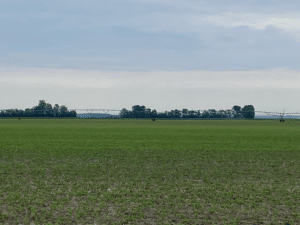
After observing improved consistency and more even emergence during last year’s field trial, second-year participant Ryan Reimers of Defiance, Iowa, targeted some of his weaker side hills that contain less organic matter with his AMS application in this year’s trial. So far, the trial field has had a strong start to the season with consistent emergence across the board, even in areas where yields are historically weaker.
“The emergence is remarkably even. It looks even better than it did in last year’s trial field,” said Reimers. “I think we had good luck and were able to get consistent stand across the field, which was a big win. I’m hopeful that we will see a yield response from the AMS in those weaker areas as well.”
Kaiser was also pleased with the emergence and stands in his trial field. “Stands are always my initial concern, but the AMS trial field looks good and the plants have a good stand. I’m really happy with that,” he said.
Challenging weather conditions in the weeks ahead
Looking ahead to the next several weeks, rain was certainly top of mind for all of the farmers. Although planting conditions were ideal and followed by sufficient rainfall in most areas, the weather patterns changed towards the end of May and the beginning of June when a widespread dry spell hit the majority of the Midwest and mid-South.
“The early precipitation around planting gave us a pretty good start to the season. But, it’s amazing how Mother Nature changes so quickly,” said Reimers. “We’re pretty dry right now and could really use some rain for the soybeans. There’s not much chance within the forecast, but we could really use it.”
Stay tuned for additional updates from our Supplement Your Soybeans farmers and hear how they’re overcoming the season’s challenges.

